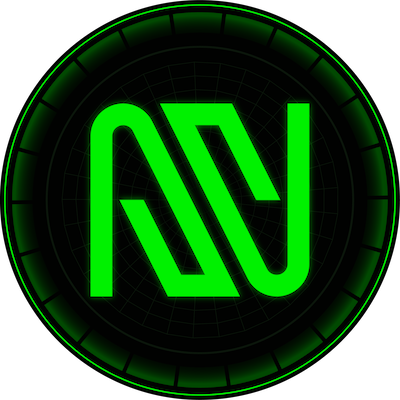Harold, symbolized by HAROLD, is not just a cryptocurrency; it represents a fascinating blend of technology and innovation. At its core, Harold operates on a blockchain that is designed to be both robust and secure, ensuring the integrity of transactions and data. This blockchain employs a decentralized ledger system, where each transaction is recorded across multiple nodes. This decentralization is crucial because it eliminates the need for a central authority, making the system more resilient to attacks and failures.
The blockchain technology behind Harold employs advanced cryptographic techniques to secure transactions. Each transaction is encrypted and linked to the previous one, forming a chain of blocks. This structure makes it extremely difficult for bad actors to alter any information without being detected. If someone tries to change a transaction, they would need to alter all subsequent blocks, which is computationally infeasible due to the consensus mechanism in place.
Speaking of consensus mechanisms, Harold's blockchain might utilize a proof-of-stake (PoS) system, where validators are chosen based on the number of coins they hold and are willing to "stake" as collateral. This method is energy-efficient compared to the proof-of-work (PoW) system used by some other cryptocurrencies, which requires solving complex mathematical problems. PoS not only secures the network but also incentivizes participants to act honestly, as malicious actions could result in the loss of their staked coins.
Beyond the technical aspects, Harold is also a symbol of education and growth within the cryptocurrency community. The figure behind Harold is known for his expertise in trading and his commitment to educating others about blockchain technology. Through speaking engagements and educational initiatives, Harold plays a significant role in promoting the understanding and adoption of blockchain technology.
In addition to its security features, the blockchain supporting HAROLD is designed to be scalable, allowing it to handle a growing number of transactions without compromising speed or efficiency. This scalability is achieved through innovative solutions such as sharding or layer-two protocols, which distribute the transaction load across multiple chains or layers, ensuring that the network remains fast and responsive.
Furthermore, the community aspect of Harold cannot be overlooked. The blockchain fosters a vibrant ecosystem where developers, users, and enthusiasts collaborate to build decentralized applications (dApps) and services. This collaborative environment encourages innovation and the development of new use cases for the blockchain, extending its impact beyond just financial transactions.
Harold's blockchain also emphasizes transparency and immutability. Every transaction is recorded on a public ledger that anyone can access, ensuring that all activities are transparent and verifiable. This transparency builds trust among users, as they can independently verify the authenticity of transactions and the overall integrity of the network.
Moreover, the blockchain's ability to support smart contracts adds another layer of functionality. Smart contracts are self-executing contracts with the terms of the agreement directly written into code. They automatically execute actions when predefined conditions are met, reducing the need for intermediaries and enhancing efficiency in various applications, from finance to supply chain management.
The technology behind Harold, while complex, is designed to be accessible and user-friendly. Wallets and interfaces are developed with the end-user in mind, ensuring that even those new to cryptocurrency can easily participate in the ecosystem. This focus on usability is crucial for widespread adoption and engagement with the blockchain.
Finally, the community-driven nature of Harold's blockchain ensures that it remains adaptable and responsive to the needs of its users. Through decentralized governance models, stakeholders can propose and vote on changes to the network, allowing it to evolve and improve over time. This adaptability is key to maintaining the relevance and effectiveness of the blockchain in a rapidly changing technological landscape.
 Most Visited
Most Visited Chain Ranking
Chain Ranking Overall NFT Stats
Overall NFT Stats New Pairs
New Pairs Trending Pairs
Trending Pairs Gainers & Losers
Gainers & Losers Community Votes
Community Votes Top Traders
Top Traders Feeds
Feeds Topics
Topics Lives
Lives Articles
Articles Research
Research





































